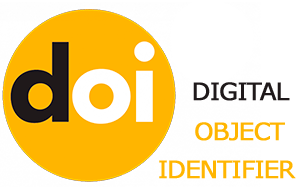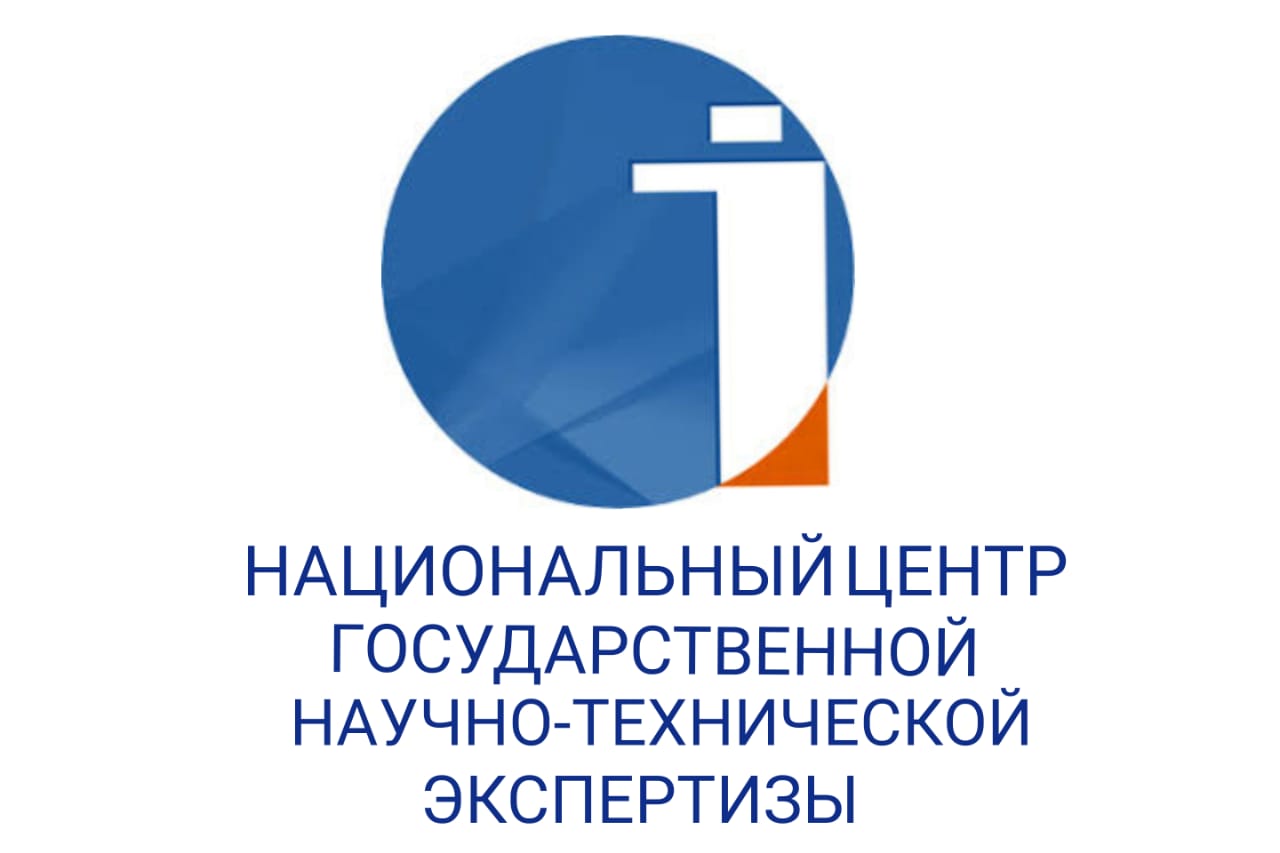LINGUISTIC FEATURES IN THE FIELD OF EDUCATION IN KAZAKHSTAN OVER THE PAST DECADES
DOI:
https://doi.org/10.48371/PHILS.2025.2.77.003Keywords:
educational sphere, official-business style, scientific style, sublanguage, borrowed words, active and passive vocabulary, content-analysis, neologismsAbstract
This article is devoted to the description of the educational sphere in Kazakhstan and the characterization of its lexical level. It examines the features of educational discourse as a distinct sublanguage of contemporary Russian, which organically combines official-business, scientific, and commonly used vocabulary. The study also addresses the influence of this sublanguage on the formation of the linguistic environment in the country as a whole.
The research materials include legislative, educational-scientific, journalistic, and electronic sources, as well as regulatory documents governing educational activities in Kazakhstan. The study employs methods of analysis and synthesis, content analysis, survey techniques, generalization and systematization, classification and interpretation, along with comparative and descriptive approaches. The article notes that the educational sphere encompasses numerous thematic lexical groups related to legal frameworks, education management systems, forms and levels of education, and more.
It is emphasized that the lexical composition of Kazakhstan's educational sphere is constantly evolving and expanding, reflecting the processes of modernization in the education system and the country's integration into the global educational space. Particular attention is given to the impact of the Bologna Process on the linguistic environment of Kazakhstan’s educational discourse, as evidenced by the adaptation of international terminology and the emergence of new linguistic constructions. The study identifies key trends in the lexical transformation of the Russian sublanguage used in the field of education in Kazakhstan. Examples of lexical changes related to social processes such as globalization, informatization, integration, and Westernization are provided to illustrate the main points.
The findings may serve as a contribution to the theory and practice of modern linguistics and can be applied in the development of educational programs and methodological literature aimed at studying the linguistic features of communication in the educational sphere. The authors highlight the potential for further scholarly research in this field.








